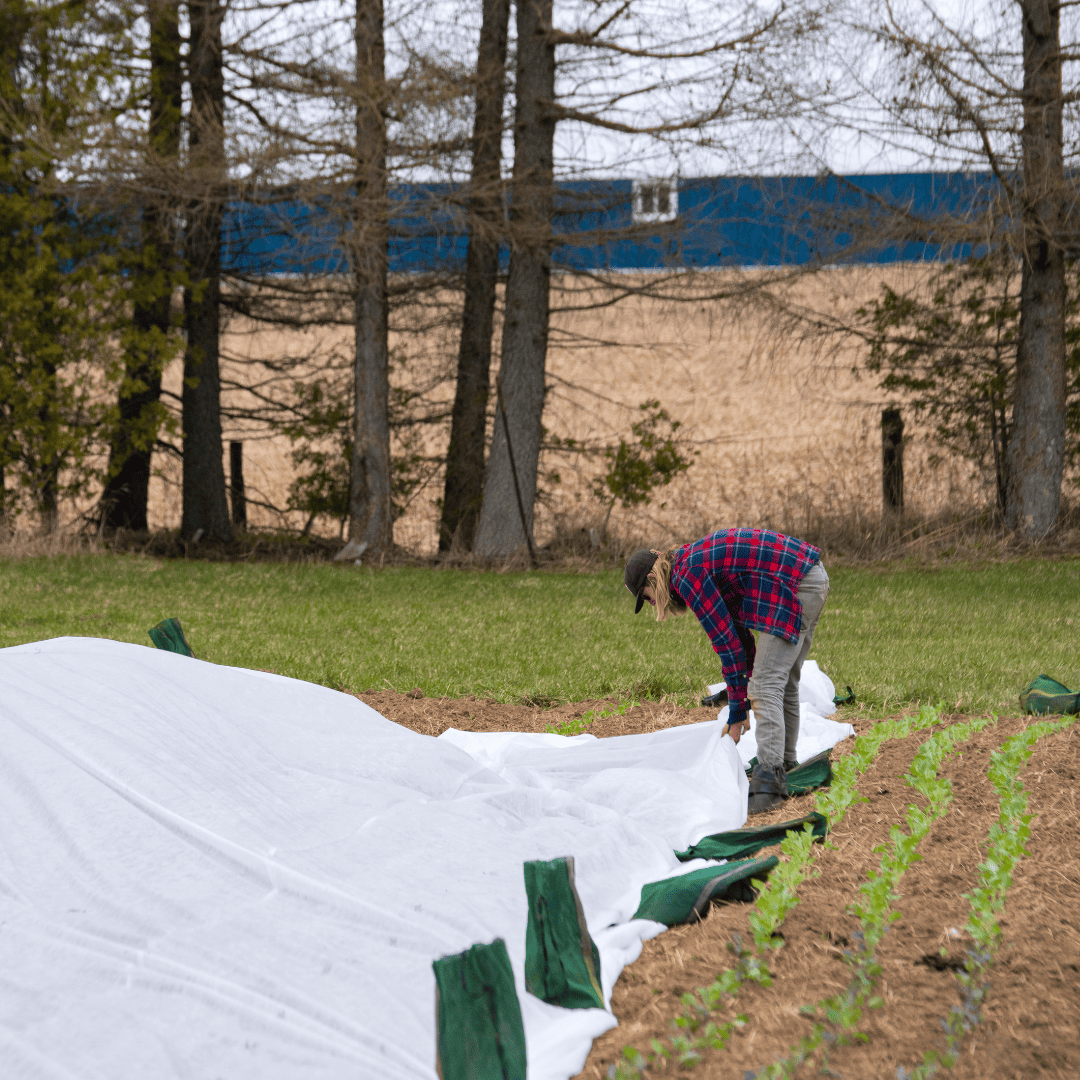Navigating Early Spring: Protecting Your Plants from Midwestern Temperature Swings
BY: Frisella Nursery
As winter loosens its grip and the promise of spring fills the air, gardeners in the Midwest eagerly anticipate the return of warmer days. However, the transition from winter to spring can be a tricky time for plants, especially when daytime temperatures soar while nighttime lows still flirt with freezing. In this delicate period, knowing how to care for your plants becomes crucial to ensuring their survival and promoting healthy growth. Here at Frisella Nursery, we understand the importance of safeguarding your green companions during this transitional phase. Let’s delve into some essential tips on how to care for your plants during early spring in the Midwest.


- Monitor the Weather: Keeping a close eye on the weather forecast is paramount during this time. Sudden temperature drops can catch both you and your plants off guard. Be sure to check not only the daytime highs but also the nighttime lows, as these can significantly impact your plants’ well-being.
- Know Your Plants: Different plants have varying degrees of cold tolerance. Familiarize yourself with the specific needs of each plant in your garden. While some may be hardy enough to withstand brief periods of frost, others may require extra protection.
- Timing is Key: As temperatures fluctuate, timing becomes crucial when it comes to covering your plants. Aim to cover them in the late afternoon or early evening before temperatures plummet. This allows the cover to trap heat accumulated during the day, providing insulation against the cold.
- Choose the Right Cover: When it comes to protecting your plants, not all covers are created equal. Opt for materials that provide adequate insulation while allowing some airflow. Frost blankets, old bedsheets, or even cardboard boxes can be effective options. Avoid using plastic covers, as they can trap moisture and lead to fungal growth.
- Proper Installation: Ensure that your chosen cover adequately shields the entire plant, reaching all the way to the ground. Use stakes or rocks to secure the cover in place and prevent it from being blown away by strong winds. However, be mindful not to weigh down delicate plant branches.
- Remove Covers in the Morning: Once the threat of frost has passed and temperatures begin to rise, promptly remove the covers from your plants. Allowing sunlight to reach them during the day is essential for photosynthesis and overall growth. Leaving covers on for extended periods can also trap heat, potentially causing overheating.
- Mulch for Added Protection: Applying a layer of mulch around the base of your plants can provide additional insulation against cold temperatures. Mulch helps regulate soil temperature and retains moisture, creating a more favorable environment for root development.
- Stay Vigilant: Early spring weather can be unpredictable, so it’s essential to remain vigilant. Keep an eye on upcoming weather forecasts and be prepared to cover your plants again if necessary. Regularly inspect your plants for signs of frost damage, such as wilting or discoloration, and take appropriate action.
By following these tips, you can effectively protect your plants during the fickle weather of early spring in the Midwest. Remember, a little extra care and attention during this transitional period can go a long way toward ensuring a bountiful and vibrant garden in the months to come. At Frisella Nursery, we’re here to help you nurture your green spaces and cultivate thriving landscapes year-round. Happy gardening!
Check out this video for how to cover your plants!
Please feel free to contact one of our plant healthcare specialists with any of your plant questions or concerns by calling (636) 798-2555 or email hellp@frisellanursery.com!